Nepal govt rejects report claiming COVID-19 will infect 81% Nepalis
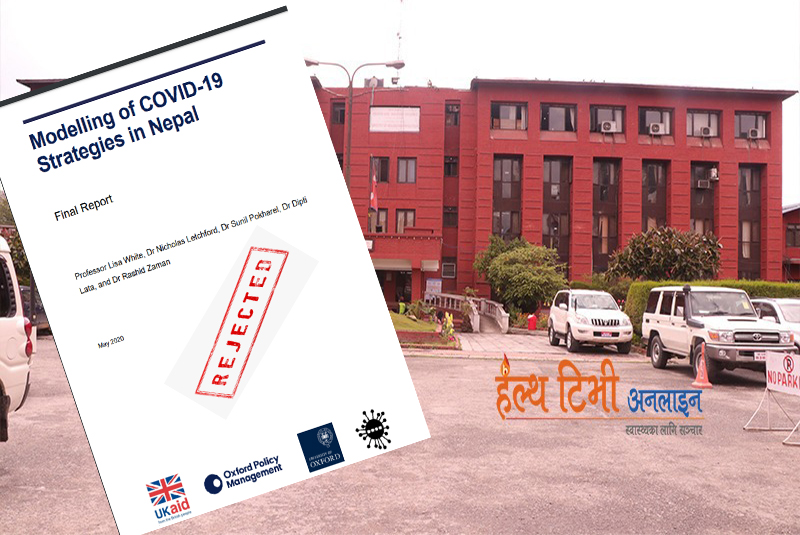
Kalpana Acharya\Kathmandu : The Government of Nepal has rejected a report prepared by foreign agencies that claimed COVID-19 could infect 81% of Nepali population and result in 49,200 deaths by the end of 2020. Such claim was made by the report prepared to carry out a rapid modelling of the possible spread of COVID-19 in Nepal by Oxford Policy Management and the University of Oxford with the support from the UK government.
Talking exclusively to healthtvonline.com, Advisor to the Minster for Health and Population, Dr. Khem Karki, said, “The Health Ministry has completely rejected the report.” He further said the ministry was already aware of the report that was carried out based on the UK’s COVID-19 transmission pattern. “How can you apply the transmission pattern seen in the UK to that of Nepal as the two countries lie in different regions?” he asked. Titled “Modelling of COVID-19 Strategies in Nepal”, the report has three strategies – low disruption, medium disruption and high disruption. The low disruption strategy assumes the interventions first implemented by the Government of Nepal will end abruptly after 8-10 weeks from the date they were introduced. The medium disruption strategy extends handwashing interventions, school closures, and the limitations on imported cases for an additional 26 weeks from when they are intended to be lifted. The high disruption strategy extends the self-isolation, voluntary home quarantine, and handwashing interventions for an additional 16 weeks from when they were first intended to be lifted. “Under the low disruption strategy, the model estimates 81% of the population will be infected by the end of the year and the peak will occur between June and September.
Additionally, the model estimates that COVID-19 could result in 49,200 deaths by the end of the year, which would be roughly 25% of all-cause mortality,” the report says. It further says, “the model estimates that the medium disruption strategy will reduce the burden of the disease by approximately 5,000 cumulative deaths compared to the low disruption strategy, accounting for 23% of all-cause mortality by the end of the year. Under this strategy, the model estimates that the peak of infection will occur between July and October.” On the third strategy, it says that the high disruption strategy incurs the lowest number of deaths, reducing the cumulative mortality by “approximately 15,800 deaths compared to the low disruption strategy, which would account for 19% of all-cause mortality by the end of the year.” The report has drawn widespread criticism on social media with people from different walks of life coming heaving against it. “It’s completely false estimate. Ignore this report,” wrote journalist Nirmal Aryal on Facebook, quoting Dr. Sameer Dixit, Nepal’s renowned public health expert.




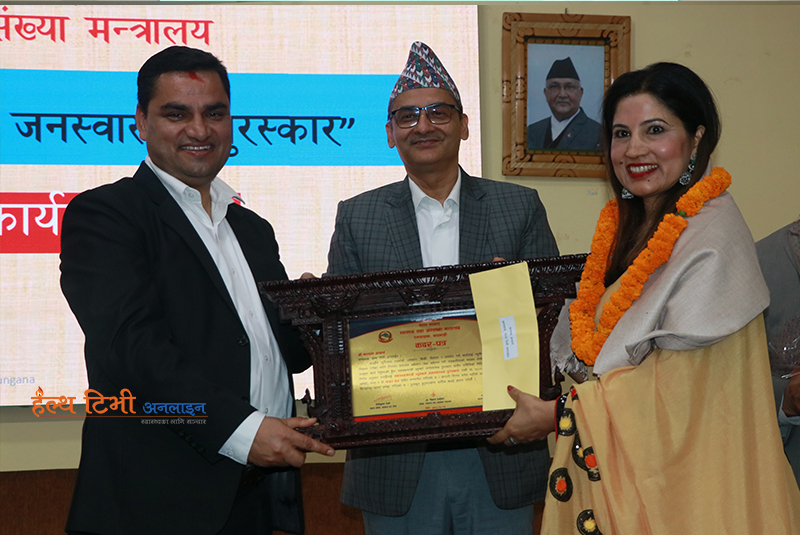

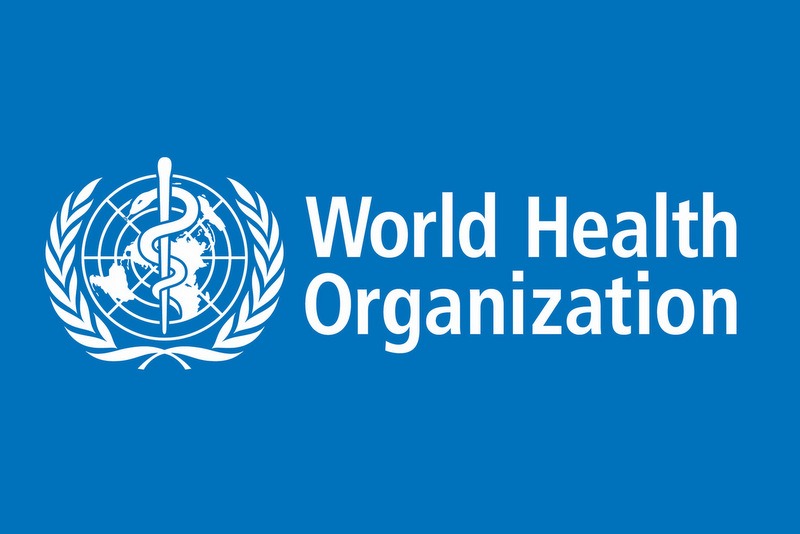

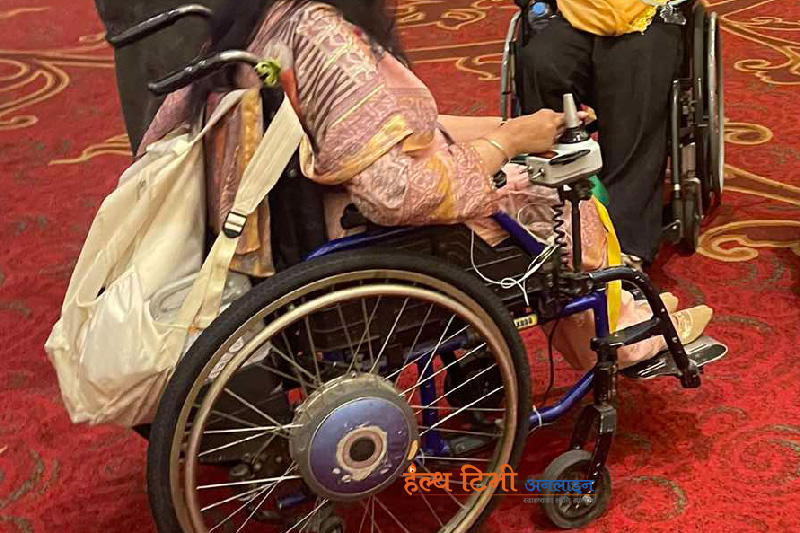

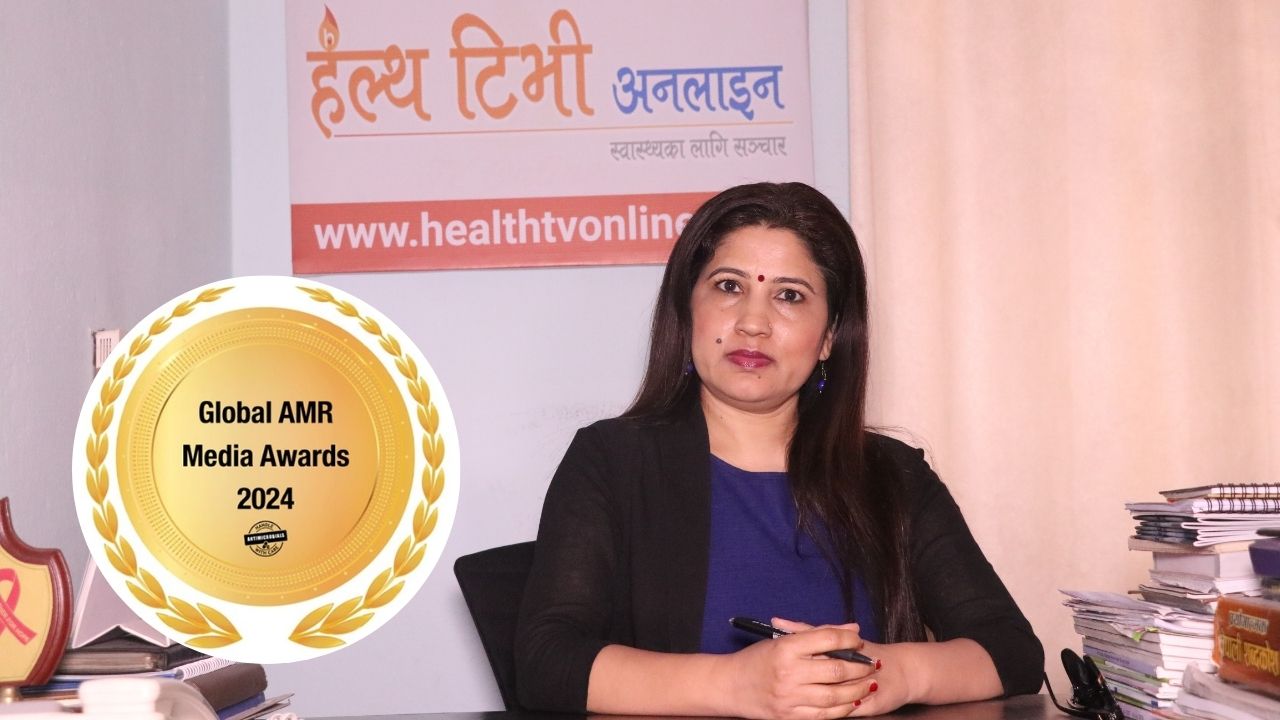
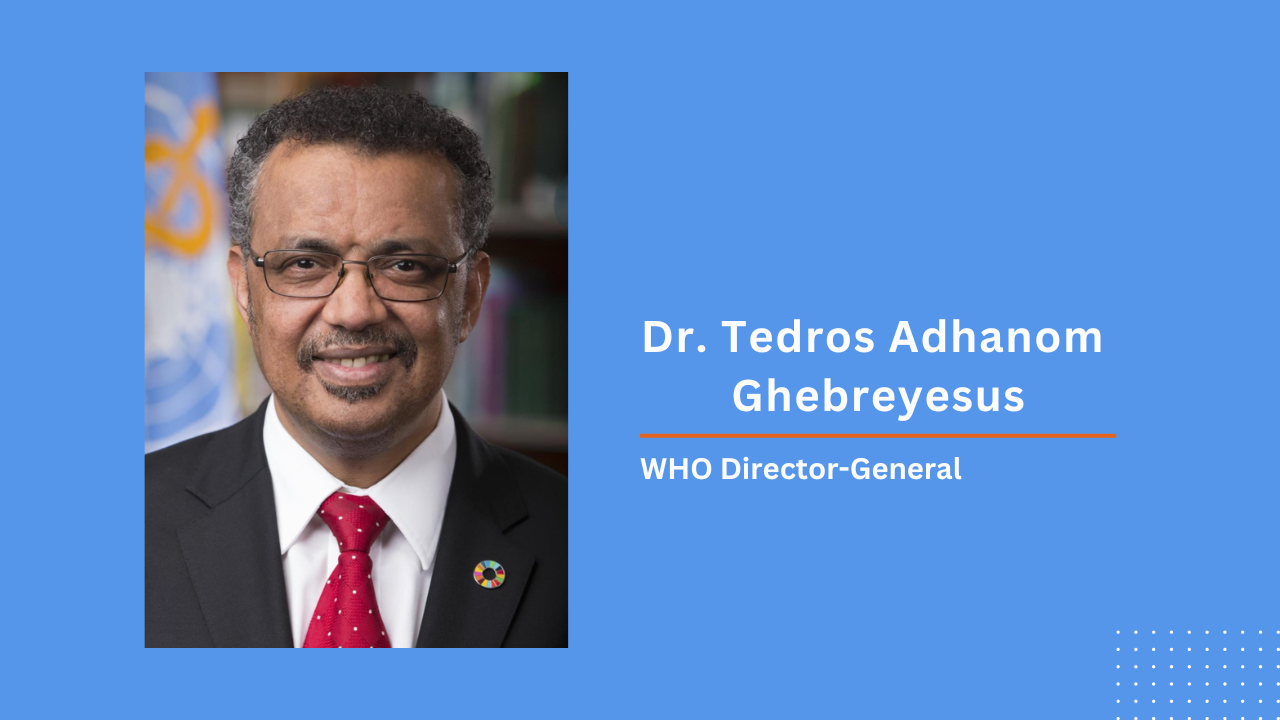

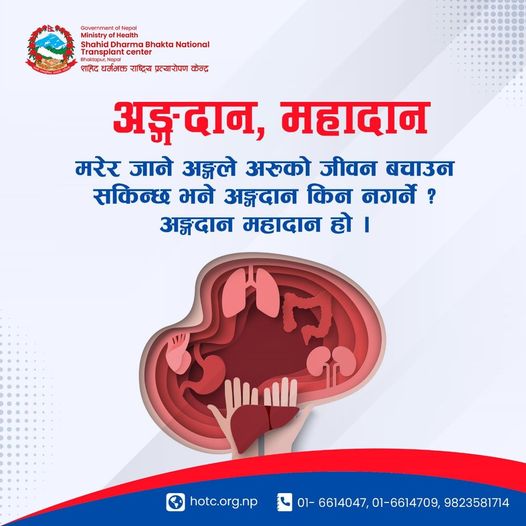

नेपाल क्यान्सर अस्पतालले मनायो आठौं वार्षिकोत्सव
डेंगुबाट बच्न अपनाउनुस् यी उपाय
सुर्तीजन्य पदार्थ छोड्न चाहनुहुन्छ ? ११३२ मा कल गर्नुस्
Editor Acharya wins dual awards for media advocacy in public health and gender rights
नि:शुल्क स्वास्थ्य शिविर तथा रक्तदान कार्यक्रम सम्पन्न